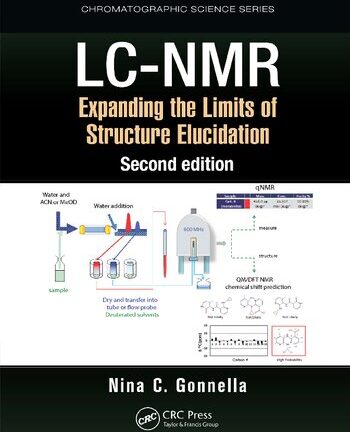Description
Further, the book pursues a holistic approach to nanomaterial applications by taking into consideration the various stakeholders who use them. It explores several applications that could potentially be used to improve the environment and to more efficiently and cost-effectively produce energy, e.g. by reducing pollutant production during the manufacture of materials, producing solar cells that generate electricity at a competitive cost, cleaning up organic chemicals that pollute groundwater, removing volatile organic compounds (VOCs) from the air, and so on.This book highlights the various types of nanomaterials currently available and their applications in three major sectors: energy, health, and the environment. It addresses a range of aspects based on the fact that these materials’ structure can be tailored at extremely small scales to achieve specific properties, thus greatly expanding the materials science toolkit.Given its scope, the book offers a valuable asset for a broad readership, including professionals, students, and researchers from materials science/engineering, polymer science, composite technology, nanotechnology, and biotechnology whose work involves nanomaterials and nanocomposites.






Reviews
There are no reviews yet.